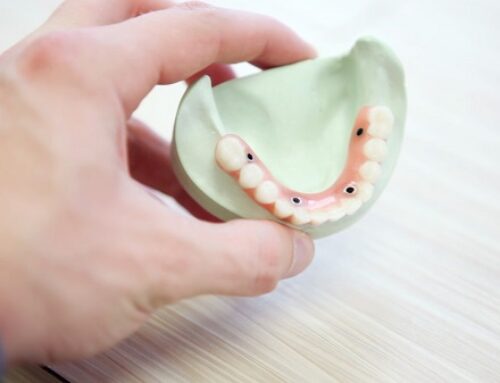Root canals are one of the most common dental procedures conducted worldwide. They’re performed to save an infected tooth rather than simply removing it. As a dental professional, treating a root canal can be an involved process filled with various factors to consider for the best outcome for the patient’s teeth and overall health. Typically, this treatment process can be categorized into four simpler stages.
This article aims to discuss each of the four stages of root canal treatment in detail. This is to benefit dental practitioners learning about this particular treatment, as well as patients who believe they might have a root canal or have already been informed it is a necessity for their dental health. Educating both parties will help lessen the stigma that root canals are daunting, painful, or unnerving procedures.
Stage 1: Diagnosing the Infected Pulp
When a patient visits their dentist’s office with one or more of their teeth showing symptoms such as pain, sensitivity to hot and cold temperatures, discoloration in the tooth enamel, or visible signs of decay (e.g., dark spots on the tooth), the process of diagnosing an infected tooth in need of a root canal treatment begins.
Once a dentist has observed these symptoms, the first step is to locate the problematic tooth and diagnose the infected pulp. The pulp is the soft center part of a tooth that is filled with connective tissue, blood vessels, and nerves where infection can occur.
A dentist might perform X-Rays on their patient’s teeth to ascertain the extent of inflammation and infection in and surrounding the problematic tooth, but afterward, the patient will need to be sent to a root canal specialist, or endodontist, for additional assistance.
An endodontist will have more advanced equipment, such as digital imaging and digital x-rays, to help them better pinpoint the infection and determine if root canal treatment is necessary.
Stage 2: Remove the Infected Pulp
By this point, dental specialists should have used all of their skills, technologies, and resources to locate the infected pulp and discern how serious the condition is, allowing them to move on to the next step of removal.
After determining root canal treatment is essential for a patient’s dental health, the next step in their dental care is to remove the infected pulp from inside the tooth. The endodontist will achieve this by using a drill with varying diameters to create a small opening at the top of the tooth. This will allow them to access the pulp chamber and the tooth’s roots where the infection lies.
Once they’ve drilled far enough, the endodontist can then use a series of surgical tools to clean dangerous bacteria out of your tooth’s root canals and pulp chamber, in addition to removing any infected pulp. Occasionally, the endodontist will have to use tools to widen the chamber in order to remove any additional infected pulp.
In most cases, the endodontist will complete this procedure by applying an antiseptic or antibiotic to the previously afflicted area to prevent future infection and pain.
Stage 3: Fill the Chamber With a New Root Canal Filler
The root canal treatment procedure is now past the halfway point. Their badly infected pulp has been removed, and their root canals and pulp chambers have been thoroughly cleaned. Of course, now that the pulp has been removed and the chambers have been shaped, you need something to fill that void.
The third step in a root canal treatment is to fill the cleared and cleaned pulp chamber with a new root canal filler. This filler is usually a rubber-like adhesive known as gutta-percha that will help protect your tooth’s chambers from being filled with other materials that could cause future infections.
With the chambers properly filled and sealed, the endodontist will temporarily fill the tooth’s crown hole where they initially started drilling. This temporary filling will remain in place until treatment is complete.
Stage 4:
If everything goes well with the patient’s root canal procedure, they will be able to make an appointment with a restorative dentist for the final step of the root canal treatment.
A patient’s tooth will usually recover from a root canal procedure two to four weeks after it was performed. As long as no infection has returned and the tooth seems healthy, they can see a restorative dentist Farmington Hills who will remove their temporary filling and replace it with a more permanent alternative.
There are two ways a restorative dentist can replace a temporary root canal filling, either with a permanent filling or by placing a crown on top of the tooth. Both are viable options and will ensure your tooth is at optimal strength and functionality for the rest of the patient’s life. Contact us today at Pearl Dental PC by calling us at (248) 476-4416.







